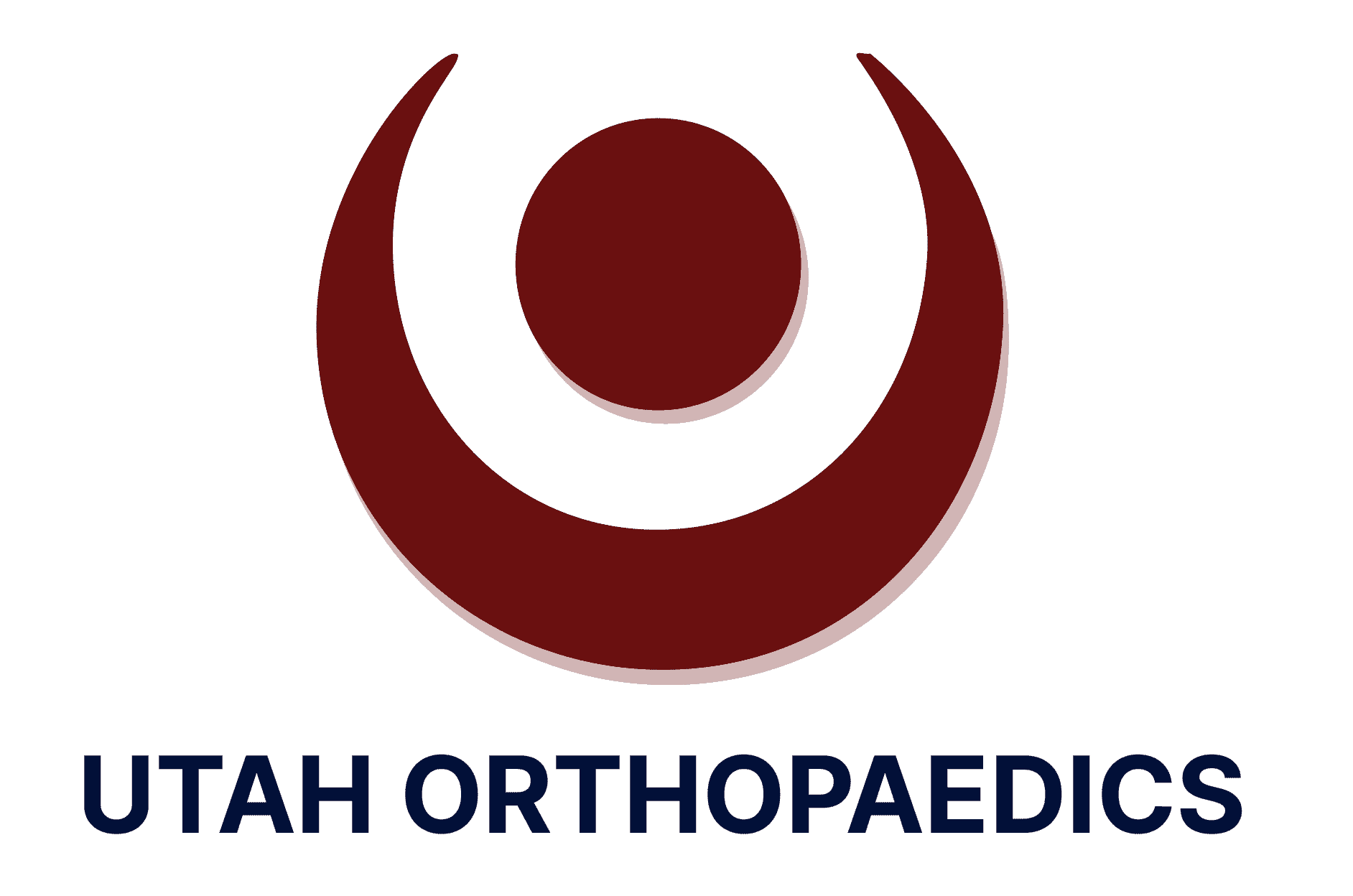The three hamstring muscles, located behind the thigh, attach to leg bones, allowing the knee to bend. Strains to the hamstrings are common, especially during vigorous sports activities involving running and jumping. Such injuries, whether they involve just over-stretching or an actual tear, can be painful and debilitating. Partial tears sometimes respond well to conservative methods of treatment, including rest and splinting because, as scar tissue forms during healing, it forms a kind of bridge, reconnecting muscle to bone.
More severe or complete (avulsion) tears occur more rarely. However, when they do occur, the distance between muscle and bone is too great to be bridged by scarring, and surgical repair is required. Traditionally, hamstring repair surgery has been performed through open techniques that require large incisions and expose the surrounding region to potential complications. In recent times, hamstring repair can be successfully managed arthroscopically.
Advantages of Arthroscopic Hamstring Repair
Arthroscopy is a minimally invasive procedure that offers many benefits to the patient over traditional surgery. During an arthroscopic hamstring repair, the necessary equipment, all of which is miniaturized, is inserted through a small incision into the problem area. A thin fiberoptic light, a magnifying lens, a tiny camera, and small surgical tools allow the surgeon to examine the injury in detail and make repairs with precision.
Advantages of arthroscopic hamstring repair include:
- Smaller incisions
- Less bleeding during surgery
- Less scarring
- Faster recovery
- Reduced risk of infection
- Reduced risk of complications
- More comfortable rehabilitation
One of the most important benefits of arthroscopic hamstring repair is that, through magnification, the surgeon can more precisely visualize the sciatic nerve. Avoiding this nerve is crucial. In previous standard operations, the sciatic nerve was sometimes damaged, resulting in serious complications.
The Arthroscopic Hamstring Repair Procedure
Arthroscopic hamstring repair, though most often performed where there has been tendon avulsion and the tendon has pulled completely away from the bone, may also be performed to repair a tear within the muscle itself. Proximal tendon avulsion, or tears from the pelvis, are more common than distal tendon avulsions, where the tendon is torn from the shinbone. In order to repair a tendon avulsion, the surgeon has to pull the hamstring muscle back to its proper location and to remove any scar tissue. At this point, the surgeon will stitch or staple the tendon to the bone. If there is a tear within the muscle itself, it will be sewn together with stitches.
Recovery from Arthroscopic Hamstring Repair
The length of recovery depends on the particular type of hamstring repair performed, but in all cases the affected leg will not be weight-bearing for a number of weeks, during which the patient will need to use crutches and a knee brace. Immediately following surgery, rest and cold compression therapy are used to control pain and swelling and painkillers can be taken as needed. The cold compresses have the added benefit of reducing the tissue damage that could be caused by swelling and fluid leakage.
Whether a hamstring tear heals through conservative treatment or surgical intervention, the formation of scar tissue is part of the healing process. Because scar tissue lacks the elasticity of normal healthy tissue, however, the healed hamstring is weaker, less flexible and more prone to reinjury than it was before. Therefore, rehabilitation is a necessary part of successful recovery.
After approximately 6 weeks, the patient will begin rehabilitative treatment. Normally, this will include gentle stretches to improve flexibility and range of motion, with the gradual introduction of strengthening exercises. It is important that patients recovering form arthroscopic hamstring repair wait to resume sports activities until advised that it is safe to do so by their doctors.


